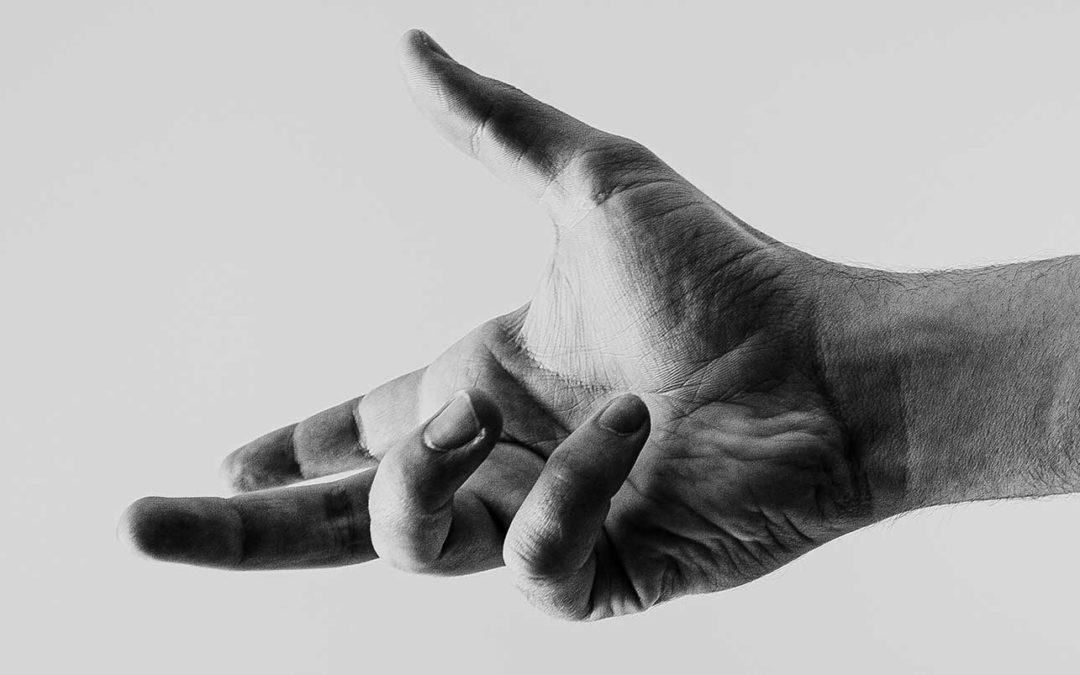I’m wearing a bow tie all month long as part of Dressember to fight human trafficking. So how do we fight something as corrupt and evil as the enslavement of our fellow humans? It starts with understanding how people can be caught up in human trafficking. Then we can become vigilant for the victims and offer a hand up when it’s needed most.
How Trafficking Happens
While human trafficking is effectively slavery, it uses coercion and manipulation instead of whips and chains. Traffickers groom their victims, building trust and targeting vulnerabilities. It happens slowly over time until the victim is in so deep they can’t get out. Victims often know their traffickers and have some kind of a relationship, making the situation murkier.
Traffickers target people who are vulnerable because they can create leverage over them. It’s often people who have been abused, were in foster care, have a criminal record, have a substance addiction, are poor, an immigrant, or a person of color or LGBTQ+—people often with little to no family support they can rely on.
For Alizabeth Watkins, it was substance abuse. She started by selling sex to pay for her addiction. Then a man befriended her and slowly coerced her into sex trafficking. Watkins willingly went with the man to a new city, but then he took over her life. Threats of violence kept Watkins from seeking help.
For Harold D’Souza, it was his immigrant status. He was promised a well-paid job as a business development manager in the U.S and came over from India on a work visa. But the job turned out to be a restaurant where his family was forced to work 16-hour days for no pay. The trafficker threatened to have D’Souza arrested and, not knowing the culture or the laws, D’Souza felt trapped.
(Both of these stories came from an NPR podcast series on human trafficking.)
Helping the Vulnerable
So how do we protect vulnerable victims? It’s a multi-faceted problem, and solutions include addressing illicit customer demand, being conscious consumers and ensuring legal goods and services are free from trafficking, as well as helping vulnerable people stay on a successful path.
Kids in foster care is a vulnerability I understand personally, so let’s focus on that group. When foster kids age out of the system, they’re incredibly vulnerable. They’re on their own at 18 with no support system. They don’t have parents ready to co-sign a lease or give simple advice about how to handle bills.
It’s incredibly easy for a foster kid to stray from the successful path and fall into the trap of trafficking. Not only do their circumstances make them inherently vulnerable, but traffickers specifically target them because they know just how vulnerable they are.
United Friends of the Children is an organization that specifically focuses on transition-age foster kids in Los Angeles. They help kids stay in school, find housing, and get jobs. They focus on forming relationships with mentors
Another organization that works here in Los Angeles is Olive Crest. They focus on stopping the cycle of child abuse and work to support families, encourage foster care, provide respite care, and more.
It’s this kind of work that can form a bridge between leaving foster care and successful adulthood. I try to provide similar mentorship programs through my own FounderKids organization.
Offer a Hand Up
Human trafficking persists because bad people target the vulnerable and forgotten. But if we stop overlooking the down and out, if we offer them a hand up when they’re in a moment of need, then we can keep them from falling into the trap.
Dressember addresses the many faces of human trafficking and works with organizations that address these specific issues. Please join me in supporting their work this month. You can donate here to support my Dressember campaign.

